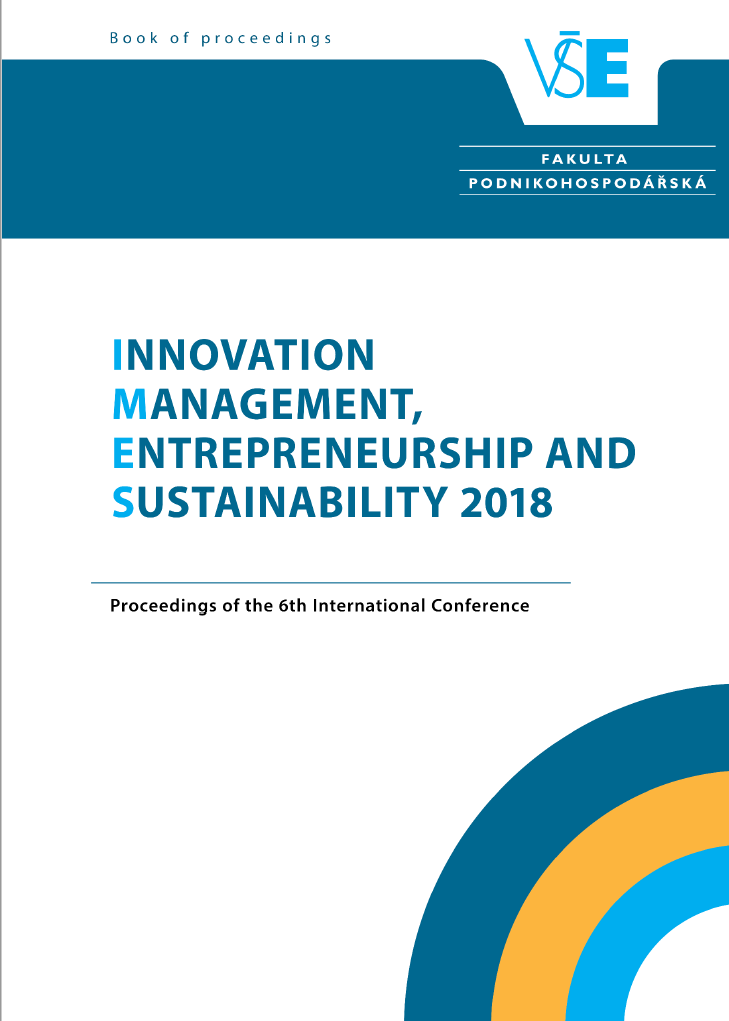Lean Innovation Capability: the Concept and its Measurement
Lean Innovation Capability: the Concept and its Measurement
Author(s): Pelin Bicen, William H.A. Johnson, Zhen Zhu
Subject(s): Social Sciences, Economy
Published by: Vysoká škola ekonomická v Praze
Keywords: Resource Management; Slack Resources; Innovation; Construct Development
Summary/Abstract: Purpose: The current study explores how firms can achieve high innovation performance with limited resources. Our qualitative inquiry with ten startup companies and an extensive literature review on resource limitation led us to a concept called, Lean Innovation Capability (LIC). Drawing on the resources and capabilities literature, we conceptualize LIC as a higher order distinct firm capability. We aim to develop a new LIC scale and test its moderating role in a resource-limited innovation model in a multi-industry context.
Research design:In the LIC scale development process, we completed the item generation and reduction stages and are currently at the scale validation stage. In resource limited innovation model testing, unit of analysis is firm and sampling frame is high growth technology intensive industries. We are using both survey data and secondary data (e.g., Compustat) in model testing. To capture the ephemeral nature of resources, we use George’s (2005) transient negative slack measure for resource limitation; and, for innovation outcomes we use growth related measures as performance measures.
Findings: We conceptualize LIC as second order reflective construct with four first order dimensions. The dimensions are: (1) Focus on product-market fit; (2) experimentation culture; (3) mission-oriented leadership; and (4) network learning capability. Our research generated 73 items for a total of four dimensions but this was too lengthy to be usable in practice. We had to reduce the initial item pool to an acceptable number of items using expert judgments (Churchill 1979), and then the statistical purification process with a larger sample size. This reduced the item pool to 37 items.
Research/practical implications: Our contribution from this research is the elucidation of the LIC construct. We propose that LIC acts like a catalyst that helps companies both overcome the seemingly negative and extenuate the positive aspects of having limited resources. The picture that emerges suggests a substantially positive role of resource constraints for innovation performance. Early findings show that though the penurious resource environment and context of innovation create certain tensions in terms of resource limitations, the development and enactment of LIC can overcome that tension and lead towards successful innovation outcomes.
Book: Innovation Management, Entrepreneurship and Sustainability (IMES 2018)
- Page Range: 1185-1193
- Page Count: 9
- Publication Year: 2018
- Language: English
- Content File-PDF

